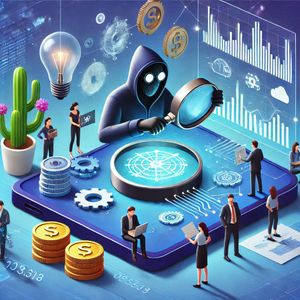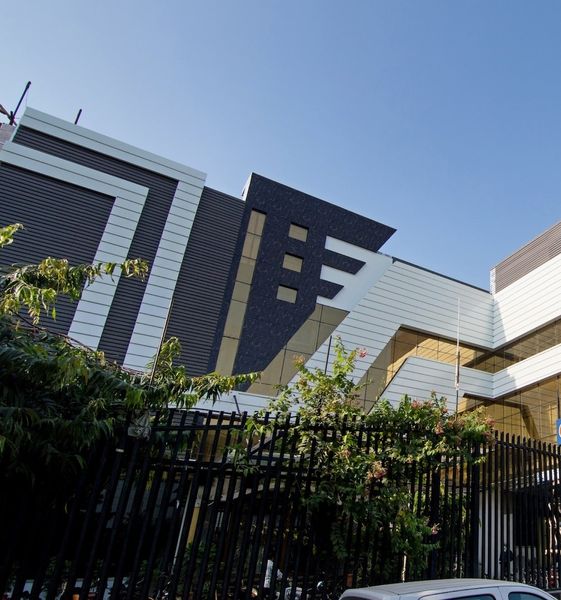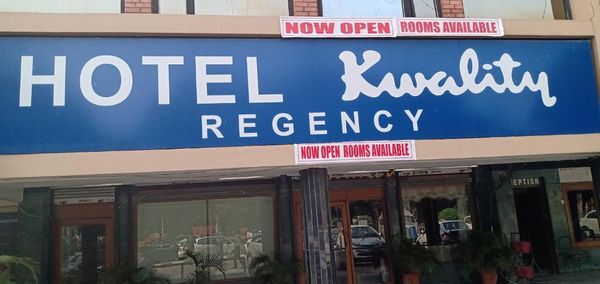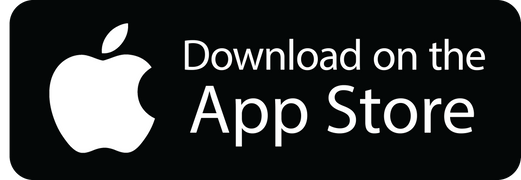Benefits of Animation for Business Clarity
 James Leee
16 Jan, 2025
9 mins read
87
James Leee
16 Jan, 2025
9 mins read
87

In today’s fast-paced digital world, businesses often face the challenge of explaining complex ideas to a broad audience. Whether it’s a technical product, a complicated process, or intricate data, breaking it down in a way that’s easy to understand is critical. This is where animation becomes a game-changer. Animation can transform dry and difficult-to-grasp business concepts into visually appealing, engaging, and easy-to-digest content.
This article will dive into how animation simplifies complex business ideas, explore its benefits, and show how businesses can use it effectively.
Why Animation Works for Complex Business Concepts
1. Engages Visual Learners
Most people are visual learners. Studies show that 65% of the population processes information better through visuals than text or audio. Animation leverages this by turning abstract ideas into colorful, dynamic, and relatable visuals that hold attention.
For example, imagine explaining cloud computing through text. It may require paragraphs of explanations filled with jargon. In contrast, a short animated video can depict data moving to a virtual "cloud," instantly clarifying the concept.
2. Simplifies Complicated Ideas
Business topics like machine learning, financial services, or supply chain logistics often involve complex mechanisms. Animation uses storytelling and visual metaphors to break down these mechanisms into bite-sized pieces of information.
For instance, a financial institution can use animation to illustrate how investments grow over time, using relatable graphics like trees or piggy banks. This approach makes abstract numbers and percentages easier to grasp.
3. Increases Information Retention
People remember visuals much better than text. Animations combine movement, visuals, and sound, making the information more memorable. According to research, people retain up to 80% of what they see and do, compared to only 20% of what they read.
Key Benefits of Using Animation in Business
1. Captures Attention and Boosts Engagement
Animated content is naturally eye-catching. It captures attention quickly and keeps viewers engaged longer than static content. When used in marketing or employee training, animation ensures the message sticks with the audience.
2. Breaks Down Complex Data
Data visualization can be intimidating, especially when it involves large numbers or technical details. Animation can turn these data points into dynamic visuals, such as animated charts, graphs, or infographics, making them easier to interpret.
For instance, a company presenting its quarterly performance can use animated bar graphs that grow or shrink to showcase trends, eliminating the monotony of static slides.
3. Crosses Language Barriers
Animation communicates ideas visually, reducing the reliance on text or spoken language. This makes it accessible to a global audience, regardless of language or cultural differences. Businesses aiming to reach international clients often use animation to ensure clarity and consistency in their messaging.
Real-World Applications of Animation in Business
1. Explainer Videos
Explainer videos are a popular way to use animation in business. These short, focused videos explain a product, service, or process in an engaging and simplified way.
For example, tech companies often use animated explainer videos to introduce software features, walking users through complex functionalities with ease.
2. Employee Training
Training employees on safety protocols, company policies, or technical processes can be tedious. Animated videos make training sessions more engaging and easier to comprehend, leading to better learning outcomes.
3. Marketing Campaigns
Animations are highly versatile for marketing campaigns. Businesses use them on social media platforms, websites, or email marketing to make their ads more lively and interactive. A well-designed animation can capture the audience’s attention within seconds, increasing click-through rates.
4. Product Demonstrations
For businesses selling intricate products, animation provides a clear way to show how the product works. 3D animations are especially useful for showcasing complex machinery or technology, providing viewers with a close look at features and functionality.
5. Investor Presentations
When pitching to investors, businesses often need to explain complex business models or projections. Animation can simplify these ideas through visual storytelling, increasing the chances of getting buy-in.
Popular Animation Styles for Businesses
1. Whiteboard Animation
Whiteboard animation mimics the process of someone drawing on a whiteboard, making it perfect for step-by-step tutorials or explaining workflows.
2. 2D Animation
2D animation uses flat graphics and is great for storytelling. It’s a cost-effective option for creating characters or scenarios that resonate with the audience.
3. Motion Graphics
Motion graphics focus on animated text and shapes, making them ideal for presentations or data visualization. They add a professional and polished look to corporate content.
4. 3D Animation
3D animation brings products and ideas to life with depth and realism. It’s commonly used in industries like architecture, healthcare, and manufacturing.
How to Get Started with Animation
1. Use Animation Tools
There are many animation tools available today that make creating animations simple and affordable. Platforms like Vyond, Powtoon, and Animaker allow businesses to create professional-quality animations without requiring advanced technical skills.
2. Leverage AI Tools
AI-powered animation tools like a Storyboard Creator can help streamline the process of planning and producing animated content. These tools allow businesses to visualize their ideas quickly, saving time and effort.
3. Work with Animation Studios
For high-quality animations or large projects, businesses can hire professional studios. These experts bring creativity and technical expertise, ensuring the final product aligns with your brand goals.
Tips for Effective Business Animations
- Keep it Simple:
- Focus on one key message at a time to avoid overwhelming your audience.
- Tailor to Your Audience:
- Use visuals and language that resonate with your target demographic.
- Invest in Quality:
- Poor-quality animations can harm your brand image. Ensure the visuals, sound, and transitions are polished.
- Use a Call-to-Action:
- End your animations with a clear next step for your viewers, such as visiting your website or contacting your team.
Conclusion
Animation is a powerful tool for businesses looking to simplify complex ideas. By turning abstract concepts into engaging visuals, animation captures attention, boosts understanding, and improves retention. Whether it’s through explainer videos, data visualizations, or training materials, animation offers endless possibilities to communicate effectively.
Written By:
James Leee



Hotels at your convenience
Now choose your stay according to your preference. From finding a place for your dream destination or a mere weekend getaway to business accommodations or brief stay, we have got you covered. Explore hotels as per your mood.





